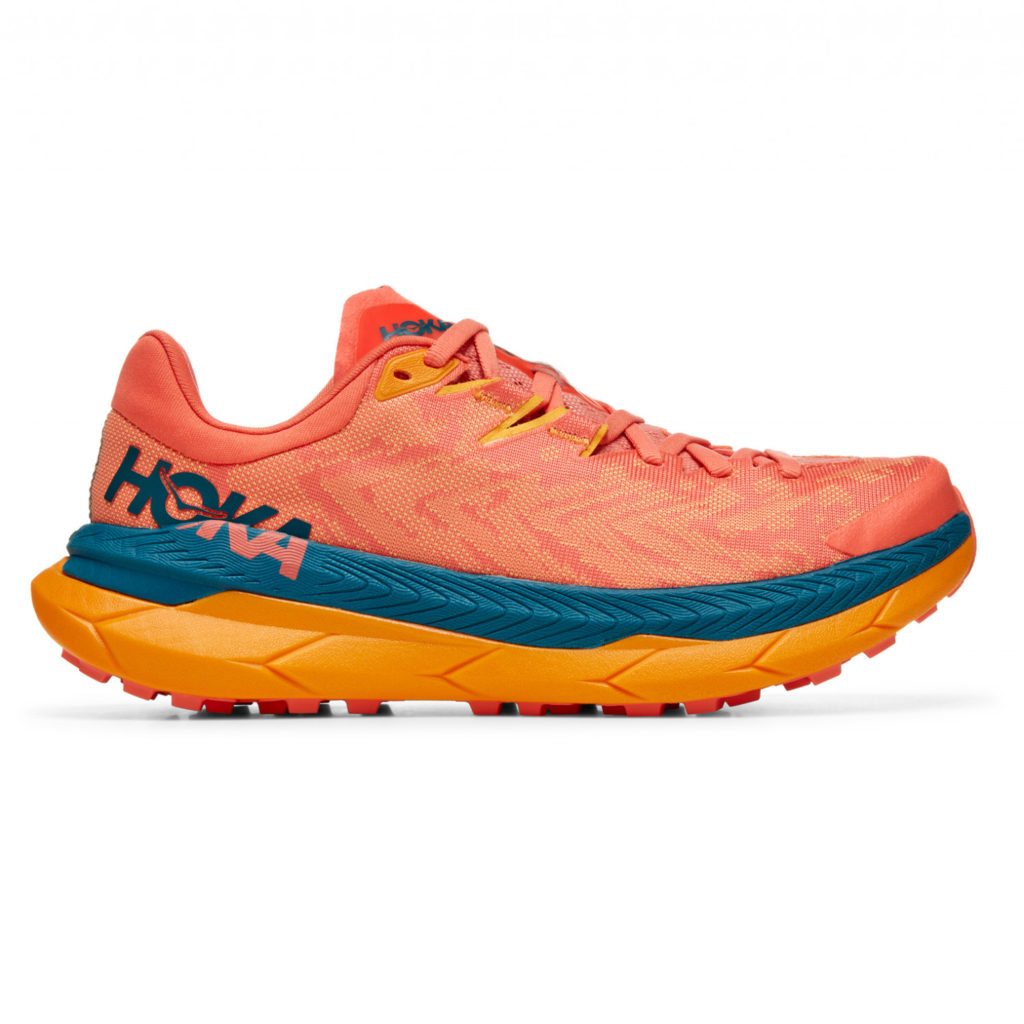Trail running is a great way to enjoy nature, challenge yourself, and stay fit. But to have a safe and comfortable experience, you need the right kind of shoes.
Running shoes are not all the same, and different types of terrain require different features.
In this blog post, we will show you how to identify running shoes that are suitable for trail running, and where to find the best trail running shoes sale online. Read on to learn more!
Why Running Shoes Matter
Running shoes are more than just footwear. They are an essential part of your running gear that can affect your speed, efficiency, injury prevention, and enjoyment.
Running shoes are designed to provide cushioning, stability, traction, and support for your feet and lower limbs. They also help you adapt to different surfaces, such as roads, trails, or tracks.
Running shoes are not one-size-fits-all. Each runner has a unique foot shape, size, arch type, and biomechanics.
Moreover, each runner may have different preferences and goals when it comes to running.
Some may run for fun, some may run for fitness, some may run for competition.
Some may run short distances, some may run long distances, some may run both. Some may run on flat roads, some may run on hilly trails, some may run on both.
Therefore, it is important to identify running shoes that suit your individual needs and preferences.
Wearing the wrong shoes can lead to discomfort, pain, blisters, or even injuries. Wearing the right shoes can enhance your performance, comfort, and enjoyment.
How to Identify Running Shoes by Terrain?
One of the main factors that determine what kind of running shoes you need is the terrain you run on.
Different terrains have different characteristics that require different features in your shoes.
Road Running Shoes
Road running shoes are designed for running on paved surfaces, such as streets, sidewalks, or tracks.
They are usually lightweight, flexible, and breathable. They have a smooth outsole with minimal lugs or treads to provide traction and grip on the road.
They also have a moderate amount of cushioning and stability to absorb the impact of running on hard surfaces.
Road running shoes are ideal for runners who run mostly on flat or slightly uneven roads or tracks.
They are also suitable for runners who prefer a responsive and fast feel in their shoes.

Trail Running Shoes
Trail running shoes are designed for running on natural surfaces, such as dirt, grass, gravel, mud, or rocks.
They are usually heavier, sturdier, and more durable than road running shoes.
They have a rugged outsole with deep lugs or treads to provide traction and grip on uneven and slippery terrain.
They also have a higher amount of cushioning and stability to protect the feet from rocks, roots, or other obstacles.
Trail running shoes are ideal for runners who run mostly on hilly or varied trails or off-road paths.
They are also suitable for runners who prefer a protective and stable feel in their shoes.
If you are looking for trail running shoes sale , you can check out some of the best deals online [here].
Hybrid Running Shoes
Hybrid running shoes are designed for running on both road and trail surfaces.
They are usually a compromise between road and trail running shoes in terms of weight, durability, flexibility, cushioning, stability, and traction.
They have a versatile outsole with moderate lugs or treads to provide traction and grip on both smooth and rough terrain.
They also have a balanced amount of cushioning and stability to adapt to different surfaces.
Hybrid running shoes are ideal for runners who run on a mix of road and trail surfaces or who like to switch between them frequently.
They are also suitable for runners who prefer a versatile and adaptable feel in their shoes.
How to Identify Running Shoes by Running Style?
Another factor that determines what kind of running shoes you need is your running style.
Different running styles have different effects on your feet and lower limbs that require different features in your shoes.
Heel Strike
Heel strike is when you land on your heel first when you run. This is the most common running style among recreational runners.
It is also the most impactful one as it generates high forces on your heel and ankle that travel up your leg.
Heel strikers need running shoes that have a lot of cushioning in the heel area to absorb the shock of landing.
They also need running shoes that have a high heel-to-toe drop (the difference in height between the heel and the toe of the shoe) to facilitate a smooth transition from heel to toe.
Midfoot Strike
Midfoot strike is when you land on the middle of your foot when you run.
This is a less common running style among recreational runners, but more common among elite runners.
It is also a less impactful one as it distributes the forces more evenly across your foot and lower leg.
Midfoot strikers need running shoes that have a moderate amount of cushioning in the midfoot area to provide support and comfort.
They also need running shoes that have a low to medium heel-to-toe drop (around 4 to 8 mm) to allow a natural foot alignment and movement.
Forefoot Strike
Forefoot strike is when you land on the ball of your foot when you run. This is the least common running style among recreational runners, but more common among sprinters or minimalist runners.
It is also the least impactful one as it uses the natural springiness of your foot and calf muscles to propel you forward.
Forefoot strikers need running shoes that have a minimal amount of cushioning in the forefoot area to provide responsiveness and feedback.
They also need running shoes that have a very low or zero heel-to-toe drop (0 to 4 mm) to enable a close-to-the-ground feel and a fast turnover.


